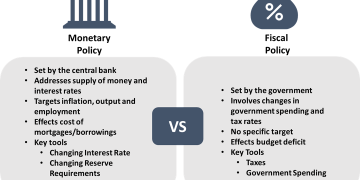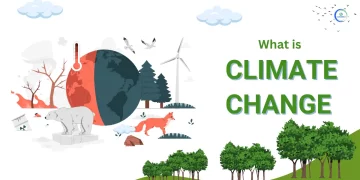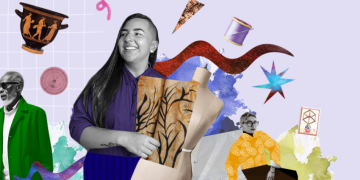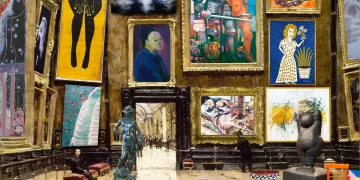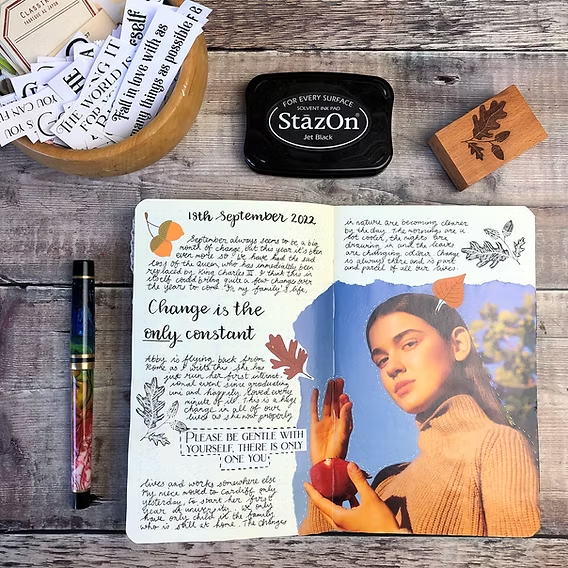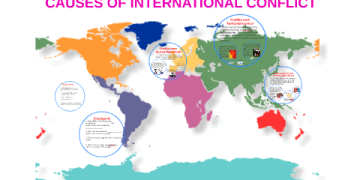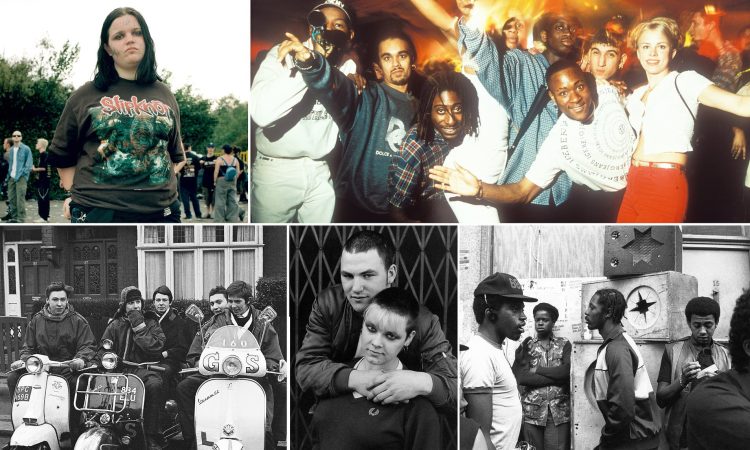Introduction: Why Subcultures Matter
Every generation of young people has sought to distinguish itself from the one before. From clothing styles and music tastes to slang and online communities, youth subcultures emerge as spaces of identity, creativity, and sometimes resistance. At first glance, they may appear trivial—just teenagers dressing differently or listening to unusual music. Yet, upon closer examination, subcultures reveal profound truths about human belonging.
Youth subcultures give young people a sense of who they are and where they belong in a world that often feels alienating. They act as alternative families, creative laboratories, and political stages. This article explores how subcultures provide belonging, shape identities, and create communities—offline and online—while also confronting tensions with mainstream society.
1. Defining Youth Subcultures
The term subculture refers to social groups that develop distinct styles, beliefs, or practices within the broader culture. Subcultures often emerge among youth because adolescence and young adulthood are periods of identity exploration and experimentation.
Key features include:
- Distinctive style: clothing, haircuts, symbols.
- Shared values: often opposing or reinterpreting mainstream norms.
- Music and art: punk, hip-hop, rave, emo, K-pop fandoms.
- Spaces of gathering: clubs, skate parks, online forums.
Importantly, subcultures are not just hobbies. They are identity anchors, offering young people meaning and belonging during formative years.
2. A Brief History of Youth Subcultures
Post-War Britain: Teddy Boys and Mods
In 1950s Britain, working-class youths known as Teddy Boys adopted Edwardian-style fashion as a statement of rebellion. By the 1960s, the Mods expressed identity through scooters, tailored suits, and modernist music. Both subcultures offered solidarity and distinctiveness against a gray, conformist post-war society.
Punk: Anger and DIY Culture
In the 1970s, punk exploded as a raw, rebellious movement against social and political stagnation. Its spiked hair, ripped clothes, and aggressive music were more than aesthetics—they were statements of defiance. The DIY ethic gave marginalized youth a voice, showing that belonging could be forged even with limited resources.
Hip-Hop: Voice of the Marginalized
Emerging in the Bronx during the 1970s, hip-hop was more than music—it was a cultural movement. Rap, graffiti, breakdancing, and DJing created a space for young Black and Latino communities to tell their stories. Today, hip-hop is global, yet it remains rooted in its identity as a subculture of resilience and self-expression.
Goth, Emo, and Beyond
The late 20th century saw diverse subcultures—from goths exploring dark aesthetics to emos channeling emotional vulnerability. Each created tight-knit communities that validated feelings often dismissed by mainstream culture.
3. The Psychology of Belonging in Subcultures
Why do young people flock to subcultures? The answer lies in psychology.
- Identity formation: Adolescence is when individuals ask, “Who am I?” Subcultures offer ready-made answers through shared styles and values.
- Social belonging: Humans are tribal by nature. Subcultures provide micro-tribes where members feel seen and accepted.
- Resistance to mainstream: When mainstream culture feels oppressive, unjust, or boring, subcultures provide an escape.
- Empowerment: Belonging to a group gives young people collective power—voices amplified, creativity validated, struggles shared.
In short, subcultures are not frivolous—they are survival strategies in a complex social world.
4. Community-Building: The Social Fabric of Subcultures
Rituals and Symbols
Every subculture develops its own rituals—concerts, skate competitions, cosplay conventions. Symbols like band logos, graffiti tags, or fashion items act as identity markers, instantly recognizable to insiders.
Spaces of Gathering
Historically, physical spaces like clubs, parks, and cafés were crucial. Today, digital platforms—from Reddit forums to Discord servers—extend these communities online, making belonging accessible globally.
Storytelling and Myth-Making
Subcultures build narratives: stories of “outsiders” resisting conformity, of heroes who shaped the movement, of struggles against authority. These stories strengthen collective memory and bind communities together.
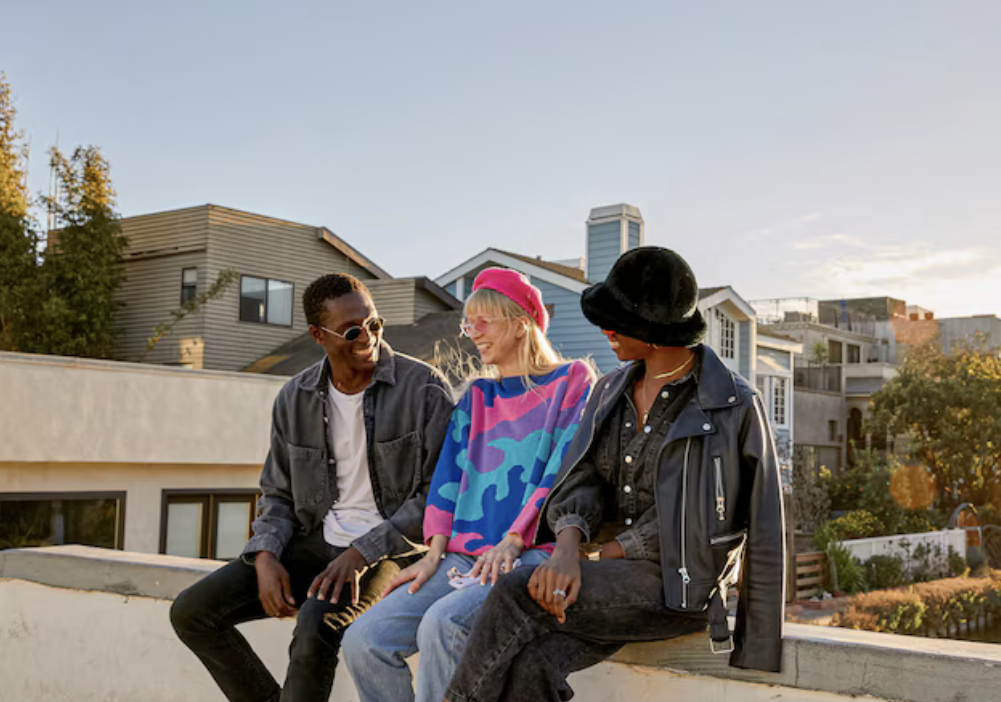
5. Subcultures in the Digital Age
The internet has transformed subcultures:
- Global connectivity: A goth in Brazil can connect with one in Germany instantly.
- Micro-subcultures: Platforms like TikTok foster rapid formation of niche communities (e.g., “cottagecore,” “dark academia”).
- Fandoms: Online fandoms—K-pop stans, anime enthusiasts, gamers—blur the line between subculture and mainstream.
- Memes and digital language: Online humor creates insider-outsider boundaries similar to traditional style codes.
Yet, the digital realm also dilutes boundaries: what once was underground can become mainstream overnight. This tension shapes modern youth identities.
6. Case Studies of Contemporary Youth Subcultures
K-Pop Fandoms
K-pop fans are not just music listeners—they are global digital communities mobilizing for causes, from streaming parties to political campaigns. The sense of belonging is immense, creating “fan families” that transcend borders.
Skateboarding Communities
Once marginalized as rebellious, skateboarding has become Olympic, yet retains its subcultural ethos of freedom, creativity, and street identity. For many youths, the skate park is more than a sport—it is a social hub.
Online Gaming Guilds
In massive multiplayer games, young people form guilds and clans. These are modern tribes, complete with rituals, hierarchies, and emotional bonds. For some, digital friendships feel more real than physical ones.
7. The Double-Edged Sword of Belonging
Strengths
- Provides safety nets for marginalized individuals.
- Encourages creativity and alternative thinking.
- Builds solidarity and resilience.
Risks
- Exclusion: Subcultures may reject outsiders, reproducing the same hierarchies they resist.
- Radicalization: Some online subcultures can foster toxic or extremist ideologies.
- Commercialization: Once mainstream media commodifies a subculture, authenticity may erode.
Belonging is powerful—but it can unite positively or negatively depending on context.
8. Subculture, Resistance, and Social Change
Subcultures often challenge mainstream values:
- Punk critiqued consumerism.
- Hip-hop gave voice to racial injustice.
- LGBTQ+ subcultures demanded visibility and rights.
Through music, fashion, and activism, subcultures can influence politics and reshape norms. Many social movements—from civil rights to climate activism—draw energy from subcultural networks.
9. The Future of Youth Subcultures
Looking ahead, youth subcultures will likely become:
- More fluid: Identities shift quickly in the digital age; young people may belong to multiple subcultures simultaneously.
- Hybrid: Offline and online communities intertwine.
- Global yet local: Styles spread worldwide but adapt to local contexts.
- Politicized: Climate activism, social justice, and digital rights may become defining features of future subcultures.
Conclusion: The Power of Belonging
At its heart, the story of youth subcultures is the story of belonging. In a fragmented world, subcultures give young people spaces to say: This is who I am, and these are my people. Whether in a smoky punk club in 1970s London or a Discord server in 2025, the underlying human need is the same—connection, recognition, and community.
Subcultures are not marginal curiosities. They are central to understanding how young people navigate identity and society. They remind us that belonging is one of the most powerful forces shaping human life—and that youth, in their creativity and defiance, are always at the forefront of redefining what belonging means.





